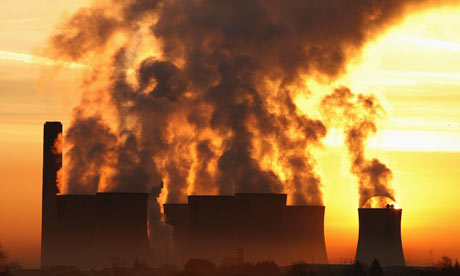Late last year in Lima, the world community successfully negotiated an agreement to conclude the 20th conference of the parties to the UN Framework Convention on Climate Change (UNFCCC). Admittedly, these negotiations were modest in their ambition, being intended to simply pave the way for the 2015 climate change conference in Paris where the objective will be to negotiate, for the first time, a binding and universal agreement on climate action from all nations. The 2015 agreement will bring together the current mix of binding and non-binding arrangements under the UN climate convention into a single comprehensive regime. It is the Paris agreement that will determine what collective climate change actions the world community commits to post-2020.

Actually, the world’s nations at Lima could not decide precisely on what kind of historic agreement to sign at the Paris conference in 2015, leaving it open as to whether it will be a “protocol, another legal instrument or an agreed outcome with legal force under the Convention”. The Lima agreement, at 1,584 words, is short and given that it is basically an agreement to make an agreement, it may not sound like a great advance in the struggle against global warming – the fine print, however, warrants closer inspection.
At Lima, the 191 nations who are signatories to the UNFCCC agreed to submit before May 2015 “Intended Nationally Determined Contributions” (INDCs). This means that every nation will provide a detailed plan of its actions to reduce emissions of greenhouse gases. These INDCs will form the basis of the agreement to be negotiated at the Paris 2015 conference. Previously, only economically developed countries were required to reduce greenhouse gas emissions. Now, all nations have agreed to make a contribution to the mitigation challenge.
The science is clear on what is needed to have a good chance of limiting global warming to less than 2oC above pre-industrial temperatures (the agreed maximum warming that will limit harmful impacts). We (that is, humanity) can emit only around another 300 billion tonnes of carbon with emissions needing to drop 80% by 2050 and to zero (or thereabouts) by 2100. The Lima agreement directs the UNFCCC Secretariat to prepare by 1 November 2015 a synthesis report on the aggregate effect of the INDCs. The key question we will know the answer to then is whether the INDCs will, in total, be sufficient to limit carbon emissions to no more than 300 billion tonnes by the end of this century. If not, then global warming will exceed the 2oC safeguard and we will be heading to a 3-5 degree world.
The Lima agreement also affirmed “its determination to strengthen adaptation action” and that the Paris agreement (whatever its legal form) shall “address in a balanced manner, inter alia, mitigation, adaptation, finance, technology development and transfer, and capacity-building, and transparency of action and support”. Importantly, the INDCs must represent “a progression beyond the current undertaking of that Party”, that is, countries must commit to doing more than they are currently doing or committed to achieving. These too may seem like modest outcomes but they help set the stage for a significant Paris outcome.
It will be interesting to see Australia’s INDC. Australia current commitment is to reduce its emissions by between 5 and 15 or 25 percent below 2000 levels by 2020. The 5 percent target is unconditional while the commitment to increase its emission reduction target up to 25 percent is conditional on the extent of international action. Given this, and the Lima agreement, the international community will no doubt be expecting Australia’s INDC to state that we will increase ours emissions reduction target from 5 percent below 2000 levels to at least 15 percent. How our government responds, however, will be revealed over the coming six months.
Author
-
Professor Brendan Mackey, Director of the Griffith Climate Change Response Program
- This article was first published in the Director’s Blog







